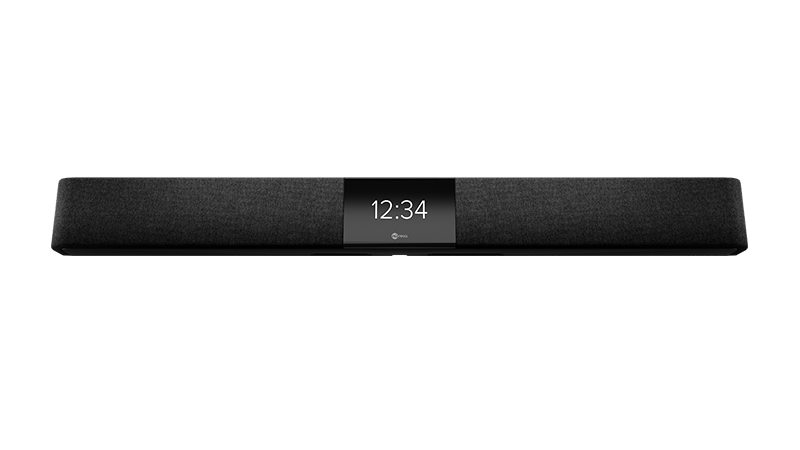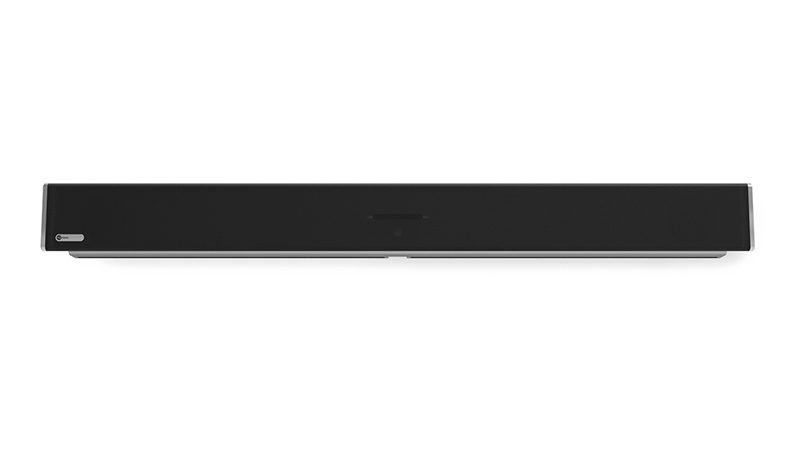
Higher Education students get active in new learning spaces
The latest research suggests that two thirds of higher education students don’t feel they have the skills to succeed in the working world.
And business leaders agree. Only ten percent believe that post-secondary graduates have the skills that their businesses needs.
It’s a shocking statistic
And so, not surprisingly, colleges and universities are exploring ways that can improve students’ job prospects and make them employment-ready. This is where active learning comes in, a strategy that has been identified by the National Association of Colleges and Employers (NACE) as one of the keys to help prepare students for the modern workplace.
Part method and part mindset, active learning acknowledges that deep understanding comes not from passively consuming, but from actually doing. It shifts the focus from the teacher to the student, and as a result, develops skills that are harder to hone in traditional classroom environments.
These are the same skills identified as crucial by the World Economic Forum (WEF)
The Forum predicts a sea-change in the competencies needed to thrive in the new work landscape, impacting directly on today’s students. The top three identified for success in the coming decade are complex problem solving, critical thinking and creativity.
Flipped learning is another approach that develops such skills, where students access learning material before the class. Group classroom time is then used to discuss, dissect and deepen understanding – through dynamic, interactive learning, discussion with their peers, and with the tutor being more of a facilitator.
Active and flipped learning, at their best, are motivating, meaningful and collaborative. So if these are the ways to develop the skills demanded by employers and highlighted by experts, why aren’t more higher education establishments embracing these approaches as a matter of urgency?
The fact is that making the shift to new learning strategies isn’t without potential pitfalls
To successfully implement them, you need the right technology in place, and the confidence to try something different, to turn your delivery style on its head.Lecturers are stuck with halls that are built for the ‘chalk and talk’ approach. And even cutting-edge new spaces can count for nothing if designed without thinking about whether the technology installed supports pedagogy. For active and flipped learning to truly take hold, they need spaces that place the focus firmly where it needs to be – on students developing those all-important skills that are so in demand.
So the challenge for higher education institutions is how to create the right environment, one that encourages this different style of learning. With limited budgets and minimal available downtime, is there a simple, cost effective solution that could convert rooms on campus into active learning spaces, and support educators in developing their students’ workplace skills?
If we accept that as the focus shifts from the lecturer to the student, a typical lecture hall set up will make it difficult to engage students and place them at the centre of learning, then a change in approach is needed. Higher education institutions need to look at the whole picture – the students, the spaces, the teaching approach and the technology.
The right tools can engage and empower students in many ways
The best solutions make it simpler and quicker for breakout groups to work together, using shared digital tools. They offer ways to help to reach disengaged students, giving them a different way to take part in group discussions. Cloud-based collaboration tools create opportunities for both real time and any-time collaborative work and ultimately make it easier for educators to develop students’ skills and prepare them for the modern workplace once they graduate.
Nureva is a manufacturer who has developed technologies that support institutions as they move to new teaching approaches. Solutions such as Nureva Wall and Span Workspacecollaboration system, and their HDL300 audio system, can help educators to transform existing spaces.
The Nureva Span solutions area natural fit for establishments who want to bring active learning into their traditional classrooms, as the unique combination of cloud-based canvases, individual contributions from personal devices and expansive displays creates an ideal environment for collaborative learning.Students can use their hands to physically interact with content on a large digital canvas, grouping, combining and adding to ideas as they go. They can also contribute information and ideas from their laptops or personal devices from anywhere, at any time. And with the unique Microphone Mist technology behind the Nureva HDL300 audio system, every verbal contribution and idea can be clearly heard and captured.
Rather than the ‘old school’ solution of covering walls with sticky notes and using charts of paper, interactive working walls like the Nureva Wall will help students to use images, templates and more, to plan and develop their work. Complex information can be displayed on digital sticky notes and projected on the interactive surface. As the software is cloud-based and accessible on familiar devices, students can use their laptops, tablets or phones to contribute, create and share information inside and outside of the active learning space.
In such learning environments equipped with the right tools, students have enough room to visualise ideas and plans, and to develop the skills they need to succeed in their future careers.


